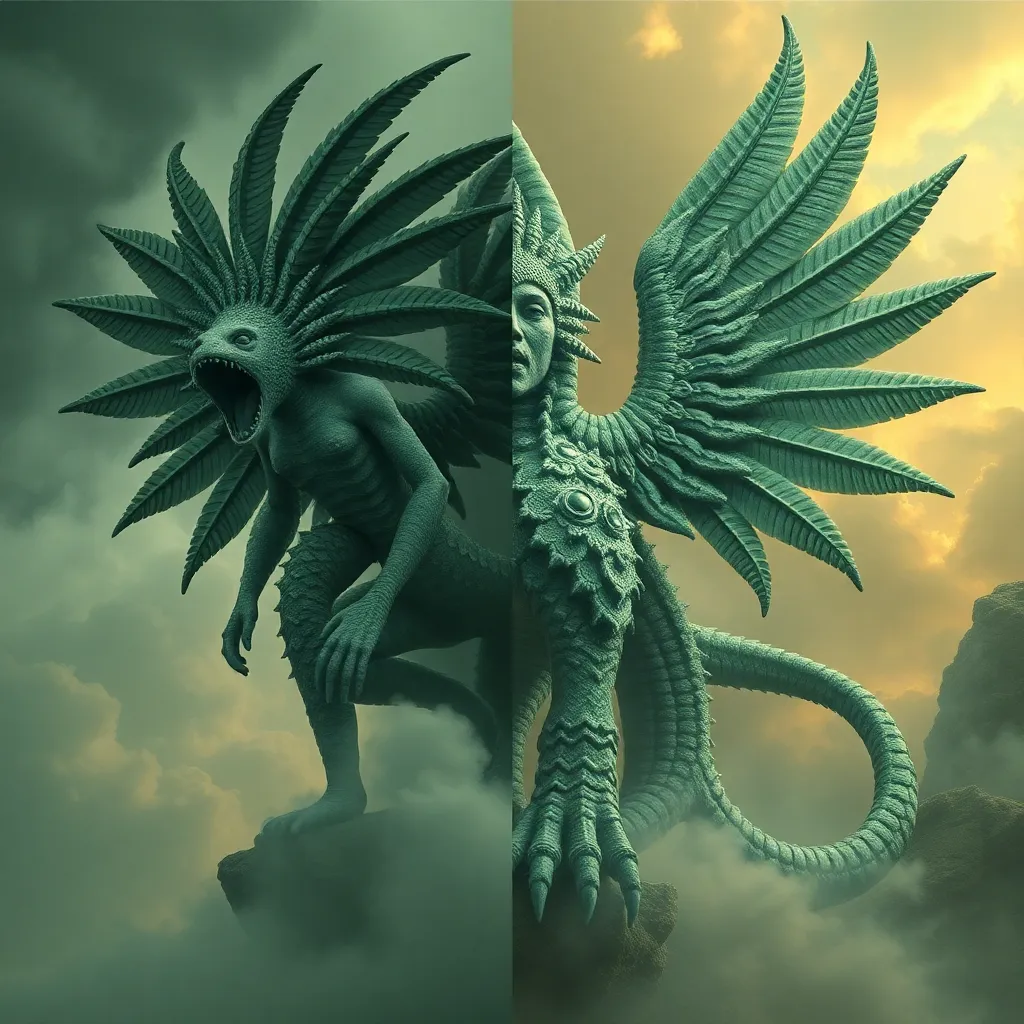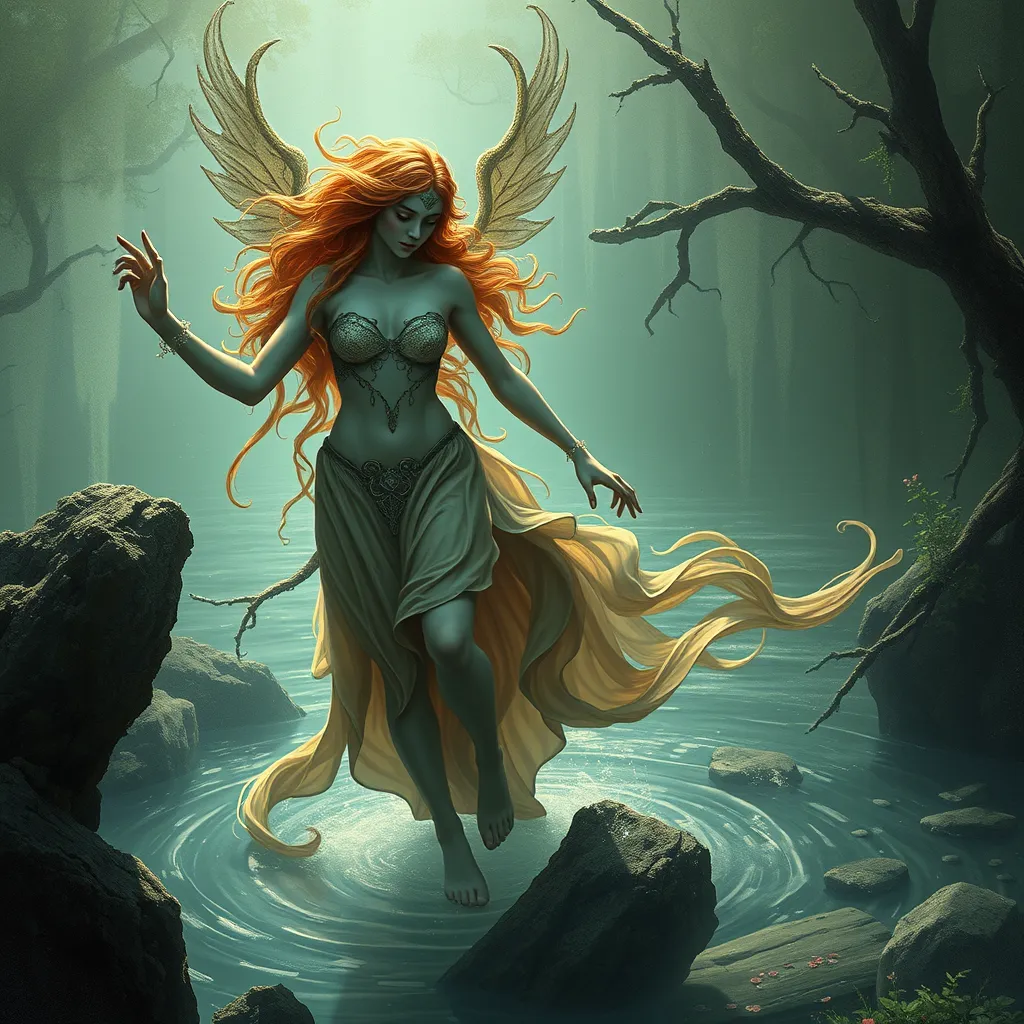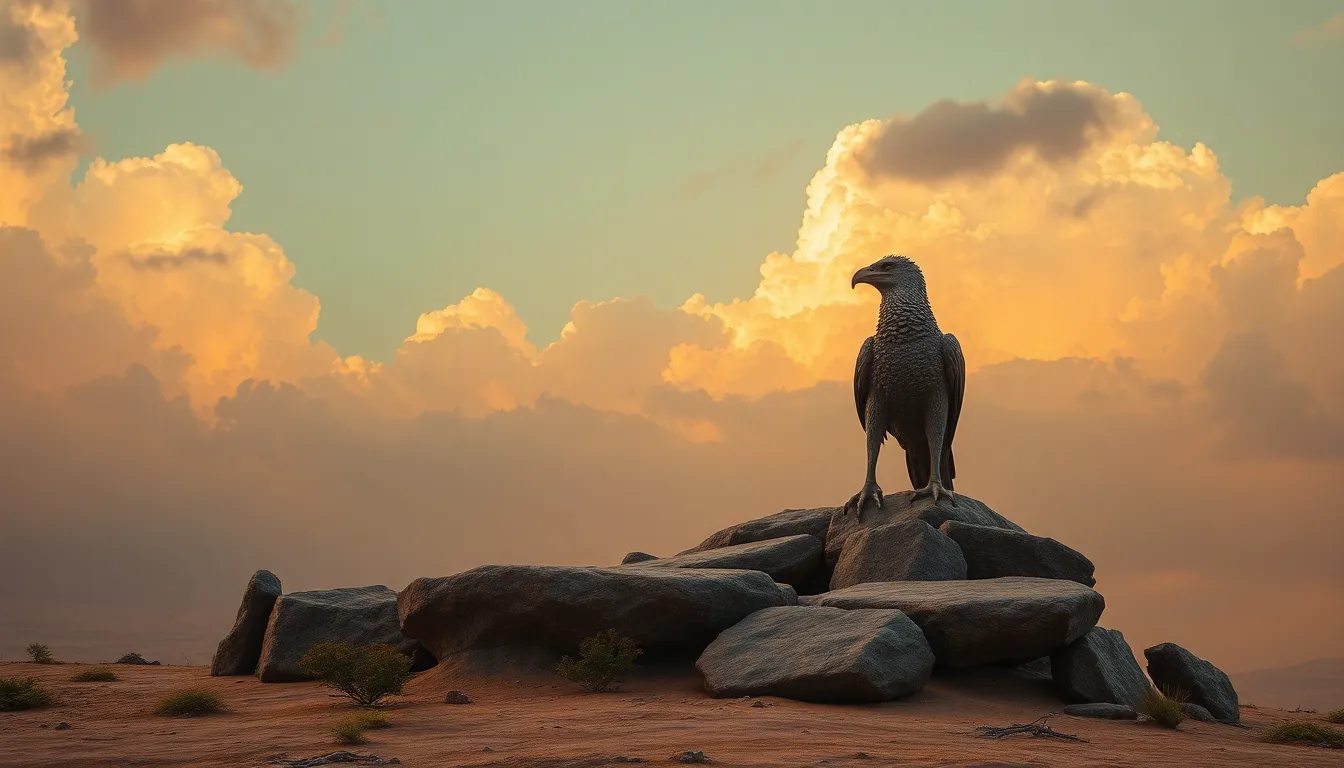From Mother to Monster: The Evolution of Coatlicue’s Image Over Time
I. Introduction
Coatlicue, the Aztec goddess often depicted as a fearsome figure, embodies the intricate duality of motherhood and monstrousness. As a central character in Aztec mythology, her image has undergone significant transformation through history. Understanding her evolution provides insight into the cultural and religious contexts of the Aztec civilization and the lasting impact of colonial narratives.
This article aims to explore the transformation of Coatlicue’s image over time, highlighting her importance in Aztec culture and the implications of her changing perceptions in contemporary society.
II. Historical Context of Coatlicue
Coatlicue, whose name translates to “Serpent Skirt,” is rooted deeply in Aztec culture, symbolizing both creation and destruction. She is often considered the mother of numerous deities, including Huitzilopochtli, the god of war.
Her role in Aztec cosmology is multifaceted; she represents the earth and is associated with fertility, motherhood, and the cyclical nature of life and death. As a goddess of fertility, she is revered for her ability to give life while also being feared for her connection to death and the underworld.
Coatlicue’s symbolism transcends mere motherhood; she embodies the nurturing aspects while simultaneously being a formidable force of nature, illustrating the intricate balance within the cosmos.
III. The Iconography of Coatlicue
The traditional imagery of Coatlicue is rich and complex. She is typically depicted with a skirt made of snakes and a necklace of human hearts and skulls, symbolizing her connection to both life and death. Her fierce countenance often strikes fear, representing the darker aspects of motherhood and creation.
Artistic representations of Coatlicue can be found in various ancient texts and artifacts, showcasing her dual nature:
- Nurturing Aspect: In some depictions, she is shown as a loving mother, cradling her children.
- Fearsome Aspect: In others, her terrifying visage warns of the destructive forces she can unleash.
This duality reflects the complex nature of motherhood itself—nurturing yet capable of great ferocity.
IV. The Shift in Perception During Spanish Colonization
The arrival of Spanish colonizers marked a significant turning point for the indigenous deities of Mesoamerica, including Coatlicue. European colonization brought about a systematic dismantling of indigenous belief systems, leading to the demonization of native figures.
During this period, Coatlicue’s portrayal shifted dramatically in colonial narratives:
- She was often depicted as a monstrous figure, embodying the fears of the colonizers.
- Her nurturing aspects were overshadowed by an emphasis on her fearsome nature, reinforcing stereotypes of the “savage” indigenous culture.
This shift in perception not only distorted her image but also contributed to the broader narrative of indigenous erasure within post-colonial contexts.
V. Modern Interpretations and Reclaiming Identity
In recent years, there has been a resurgence of interest in indigenous spirituality and culture, leading to contemporary artistic representations of Coatlicue that reclaim her identity. Modern artists and scholars are revisiting her image, emphasizing her significance as a powerful maternal figure.
Feminist readings of Coatlicue’s image have emerged, viewing her as a symbol of empowerment:
- She is celebrated for her strength and resilience, challenging traditional gender roles.
- Her complexity as a deity reflects the multifaceted nature of modern femininity.
This reclamation highlights the importance of viewing Coatlicue through a lens that honors her original significance while acknowledging the ways in which her image has been manipulated over time.
VI. Coatlicue in Popular Culture
Coatlicue’s influence extends beyond academic discussions and art; she has made her mark in popular culture as well. Her image has been adapted in various forms:
- Literature: Authors incorporate her mythology to explore themes of motherhood, power, and identity.
- Film: Cinematic portrayals often reflect the tension between her nurturing and fearsome aspects.
- Visual Arts: Artists utilize her image to comment on contemporary issues regarding gender and cultural heritage.
Social media has played a crucial role in reshaping Coatlicue’s image, allowing for greater visibility and discussion of her significance in modern contexts. Influencers and artists share reinterpretations that celebrate her complexity, fostering a renewed appreciation for her legacy.
VII. The Importance of Understanding Cultural Evolution
Understanding the evolution of mythology, particularly figures like Coatlicue, is essential for several reasons:
- Reflection on Change: Myths evolve with culture, reflecting societal values and fears.
- Preservation of Narratives: Maintaining indigenous narratives is vital for cultural identity and continuity.
- Impact of Reinterpretation: Reinterpretation influences how cultures perceive their past and understand their identity.
By examining Coatlicue’s image over time, we gain insight into broader themes of cultural resilience and transformation.
VIII. Conclusion
The evolution of Coatlicue’s image is a testament to the complexities of cultural narratives and the impact of historical events on indigenous identities. From a maternal figure to a monstrous entity, her portrayal reflects the shifting dynamics of society’s understanding of femininity, power, and spirituality.
As we navigate the intricate balance between motherhood and monstrosity in Coatlicue’s image, it is crucial to appreciate the depths of her character while respecting the cultural significance she holds. Recognizing the nuances of such figures allows for a deeper understanding of indigenous cultures and their resilience in the face of historical challenges.



